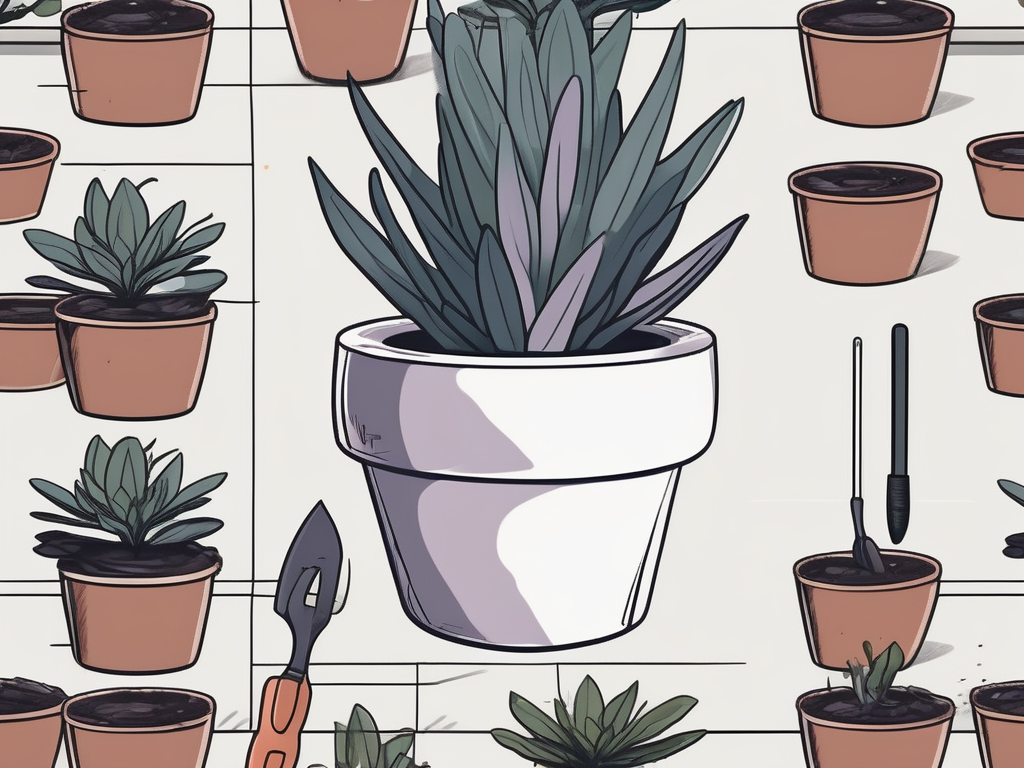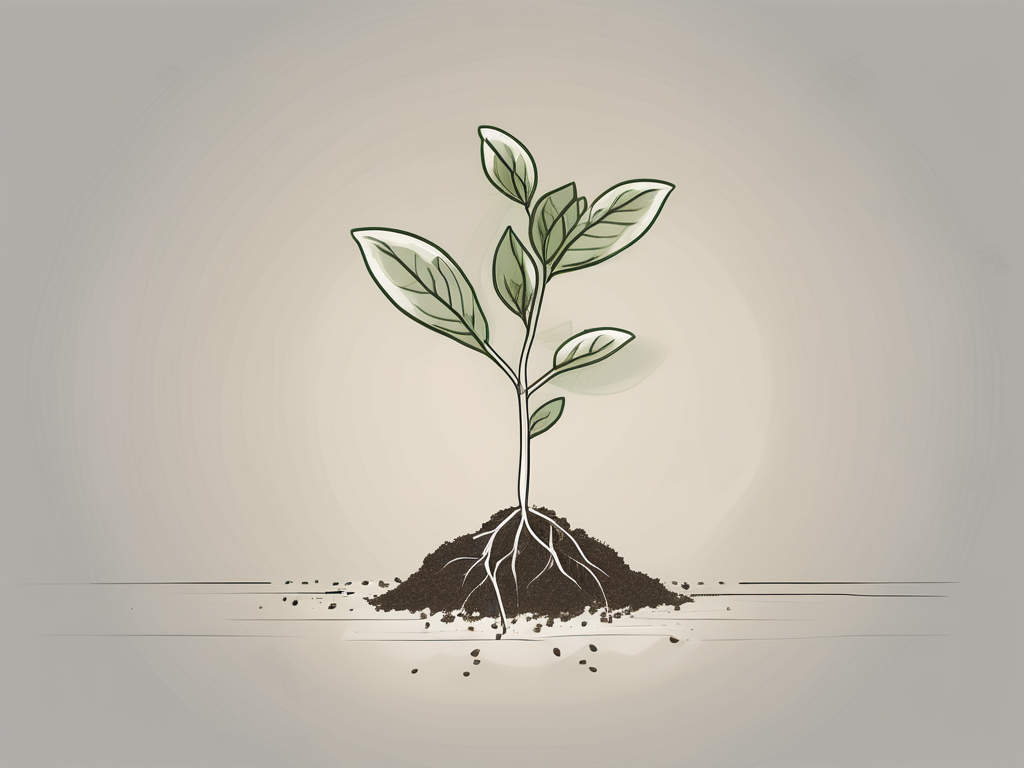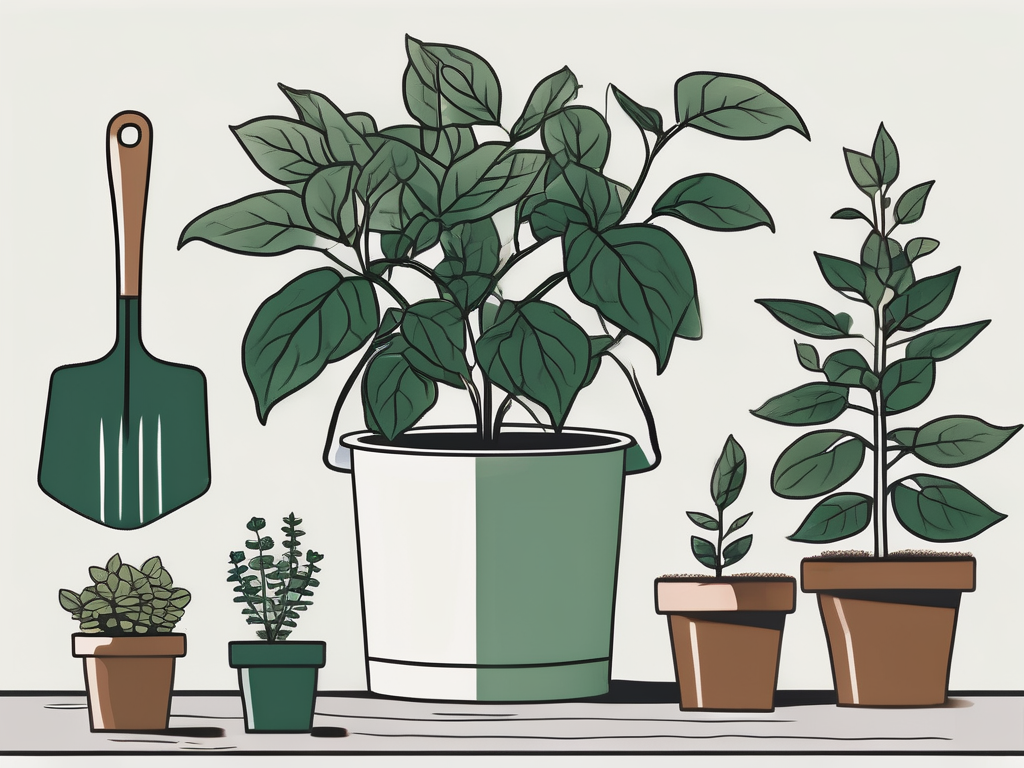
Rhoeo Oyster, with its vibrant leaves and easy-going nature, has become a favorite among plant lovers. If you’re looking to keep this eye-catching plant thriving, repotting is a task you'll eventually need to tackle. But don’t worry—it's easier than you might think!
In this blog post, we’ll walk you through everything you need to know about repotting your Rhoeo Oyster. From knowing when it's time to repot to choosing the right soil and pot, we’ll cover the steps to ensure your plant stays healthy and happy.
Recognizing When to Repot Your Rhoeo Oyster
First things first—how do you know it's time to repot your Rhoeo Oyster? Like many houseplants, Rhoeo Oysters benefit from repotting when they outgrow their current home or if the soil has become compacted and less effective. Here are some telltale signs:
- Roots Circling the Pot: If you notice roots poking out of the drainage holes or encircling the pot's interior, it's a sure sign your plant needs more space.
- Water Drains Too Quickly: When water rushes through the pot without soaking into the soil, it may be time for fresh soil that can hold moisture better.
- Stunted Growth: If your plant seems to have stopped growing or looks less vibrant, a rootbound situation could be the culprit.
Repotting every couple of years is generally a good practice, but always pay attention to these signals from your plant to determine the right timing.
Choosing the Right Pot
Picking the perfect pot for your Rhoeo Oyster is like choosing a new home for a friend. You want it to be just right! Here are some pointers to consider:
- Size Matters: Opt for a pot that is 1-2 inches larger in diameter than the current one. Going too big can lead to overwatering issues.
- Material Options: Clay pots are great for their porous nature but can dry out quickly. Plastic pots retain moisture longer, which might be better for those who tend to forget watering.
- Drainage is Crucial: Ensure the pot has adequate drainage holes to prevent waterlogging, which can lead to root rot.
With these tips in mind, choose a pot that complements your interior style while meeting the plant’s needs.
Preparing the Right Soil Mix
Rhoeo Oysters aren't too fussy about soil, but getting the mix right can make a world of difference. Here's a simple recipe:
- Potting Soil: Use a high-quality potting mix as your base.
- Perlite or Sand: Add perlite or coarse sand to ensure good drainage and aeration.
- Compost: Mix in a bit of compost to provide nutrients and improve soil structure.
This combination provides a well-draining yet nutrient-rich environment perfect for your Rhoeo Oyster.
Steps to Repot Your Rhoeo Oyster
Now that you have the right pot and soil, it’s time for the main event: repotting! Here’s a step-by-step guide:
- Water the Plant: A day before repotting, water your plant thoroughly. This ensures the roots are hydrated and makes it easier to remove the plant from its pot.
- Prepare the New Pot: Place a layer of soil mix at the bottom of the new pot.
- Remove the Plant: Carefully turn the plant on its side and gently slide it out, supporting the base. You might need to tap the pot if it’s a bit stubborn.
- Loosen the Roots: Gently tease apart any circling roots to encourage outward growth.
- Position in New Pot: Place the plant in the new pot, ensuring it's centered. Add soil around the roots, pressing lightly to eliminate air pockets.
- Water Thoroughly: Water the plant again to help settle the soil and give the roots a good drink.
And there you have it! Your Rhoeo Oyster is now in its new home, ready to continue growing happily.
Post-Repotting Care
After repotting, your plant may need a little extra TLC to adjust to its new environment. Here’s how you can help:
- Location: Keep it in a spot with bright, indirect light. Avoid direct sunlight, which can stress the plant.
- Watering: Be cautious with watering. The plant may not need as much initially as it settles into the new soil.
- Humidity: Rhoeo Oysters appreciate a bit of humidity. Consider misting the leaves or placing a humidifier nearby.
Keep an eye on your plant for the first few weeks, and it should settle in nicely.
Common Repotting Mistakes to Avoid
Even seasoned plant parents can make mistakes. Here are some common pitfalls to watch out for:
- Over-Potting: Avoid choosing a pot that's too large, as it can lead to water retention issues.
- Improper Soil Mix: Using the wrong type of soil can lead to poor drainage. Stick to a well-draining mix.
- Neglecting Drainage: Ensure your pot has drainage holes. Without them, water can pool and cause root rot.
By being mindful of these common errors, you can ensure a successful repotting experience.
Benefits of Repotting Your Rhoeo Oyster
Repotting doesn't just provide more room for growth. It offers several benefits that contribute to a healthier plant:
- Improved Root Health: Fresh soil provides better aeration and nutrients, promoting strong root growth.
- Enhanced Growth: With more space, your Rhoeo Oyster can grow larger and more vibrant.
- Reduced Pest Issues: New soil can help prevent pest problems that might accumulate in old soil.
These benefits make repotting a worthwhile task that pays off in the long run.
Incorporating Rhoeo Oyster into Your Home Decor
Now that your Rhoeo Oyster is happily repotted, let’s talk design. These plants are not just easy to care for—they’re also a stylish addition to any room. Here are some ideas:
- Color Contrast: Use the vibrant foliage to contrast against neutral walls or furnishings for a pop of color.
- Grouping: Consider grouping with other plants of varying heights for a dynamic display.
- Containers: Choose decorative pots that match your home’s aesthetic to complement the plant.
With a bit of creativity, your Rhoeo Oyster can be both a conversation starter and a calming presence in your home.
Conclusion
Repotting your Rhoeo Oyster is a straightforward process that rewards you with a thriving, happy plant. From choosing the right pot and soil to following post-repotting care tips, you’re now equipped to keep your plant flourishing.
Final Thoughts
Summing up, repotting your Rhoeo Oyster involves recognizing the right time, selecting suitable pots and soil, and giving your plant the attention it needs post-repotting. If you’re looking to expand your plant family, Cafe Planta offers a wonderful selection of houseplants and accessories. Have questions about plant care? Feel free to email us or reach out on Instagram. We love helping plant parents create beautiful, thriving plant collections at home!












